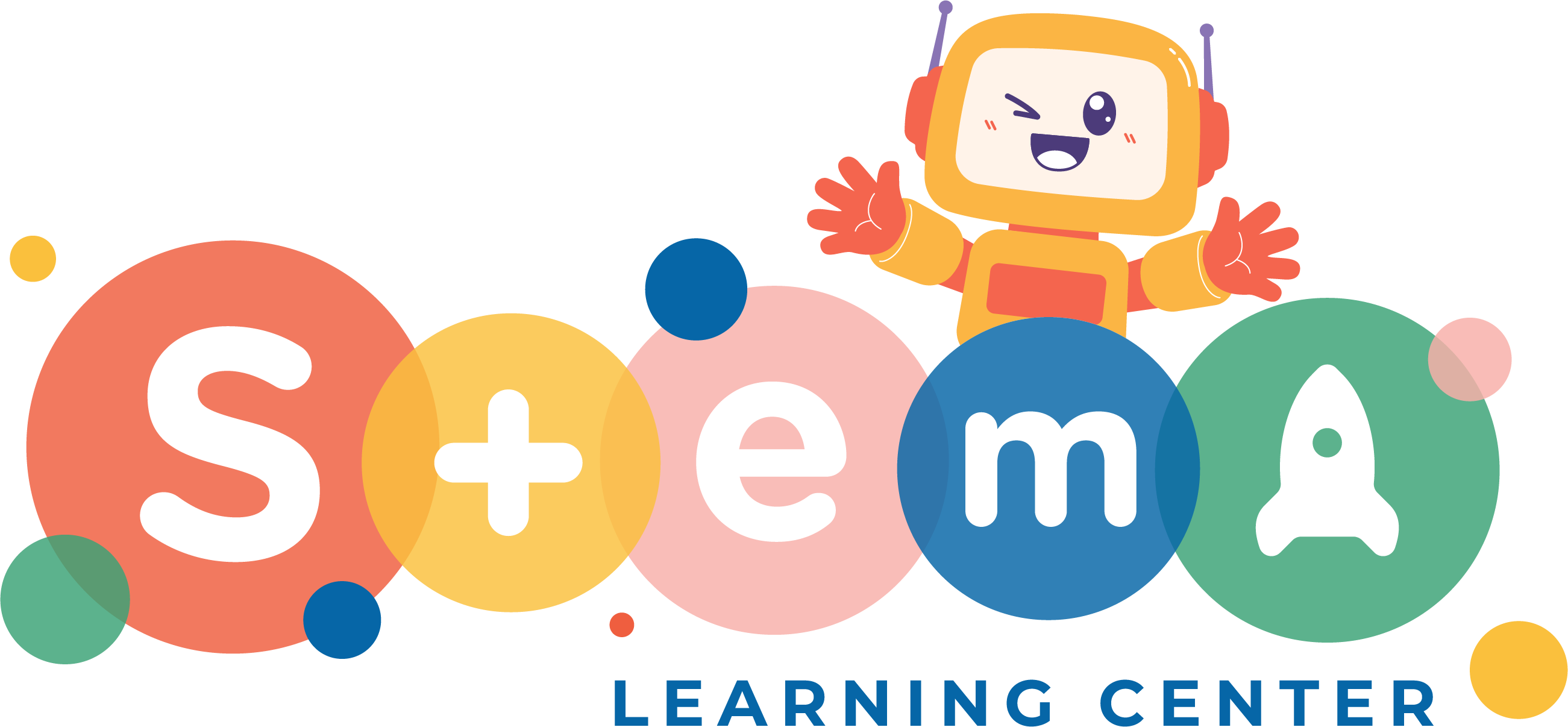STEAM is an approach to education that focuses on 5 major aspects Science, Technology, Engineering, Arts, and Mathematics. Unlike the traditional education method, STEAM encourages students to obtain new knowledge through inquiry and project-based learning. The focus of STEAM learning is to spark students’ interest in those fields while developing important skill sets such as critical thinking, problem-solving, interpersonal, communication, and leadership skills.
Why STEAM is important to our new generation?
STEAM and its predecessor STEM are considered essential parts of 21st-century education. Many education experts believe that STEAM will equip our generations with the skills and knowledge required for the future workforce. According to education writer J. Vasagar, “As repetitive tasks are eroded by technology and outsourcing, the ability to solve novel problems has become increasingly vital”. As a new educational discipline, STEAM is the response to our rapidly changing world.
Regardless of kids’ choices for future careers and professions, STEAM methods provide them with critical and analytical thinking across interdisciplinary boundaries.
How do STEMA courses align with STEAM Education?
While understanding the importance of STEAM in today’s education, STEMA programs are designed to provide students with a well-rounded approach to all five aspects of STEAM. Students will learn about Robotics, Programming, Integrated Science, Engineering, and Arts from age K to 7. As they complete the beginner courses, students can move to intermediate and advanced levels. In addition, our courses are scheduled to run from Monday to Friday to accommodate the needs of families that wish to have their kids explore all five STEAM subjects.
Register your kids for our STEAM (coding, robotics, digital arts) program today!
Surrey Location: https://stemalearning.com/index.php/product/all-in-one-steam/
Vancouver Location: https://vancouver.stemalearning.com/index.php/product/steam-monthly-membership/

